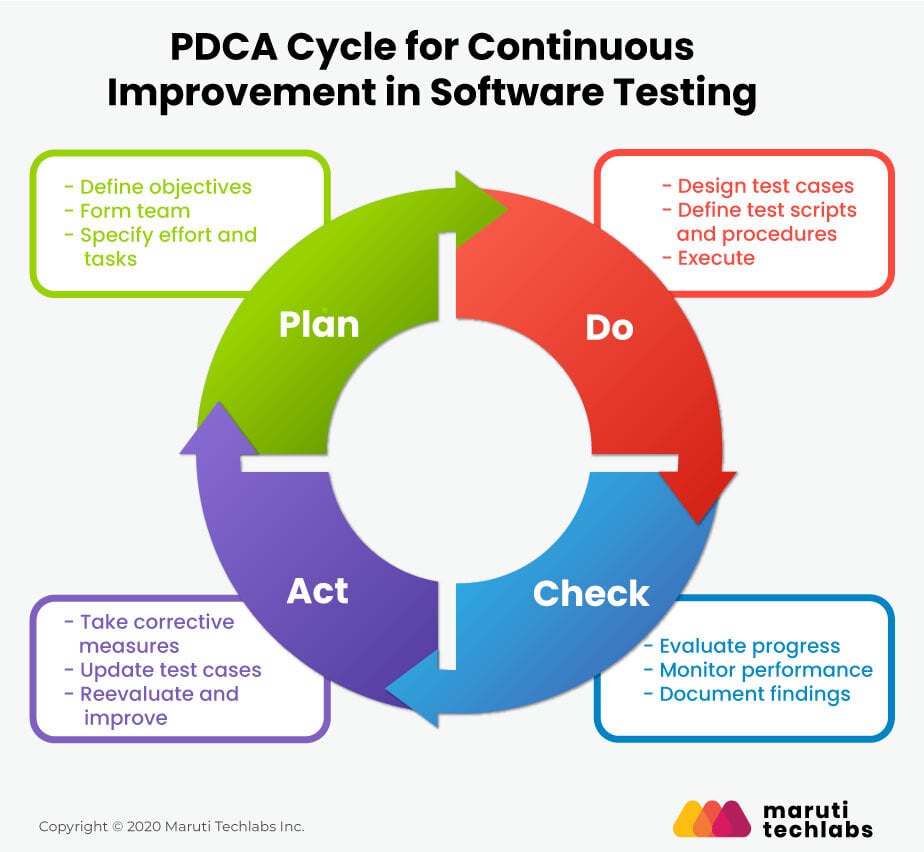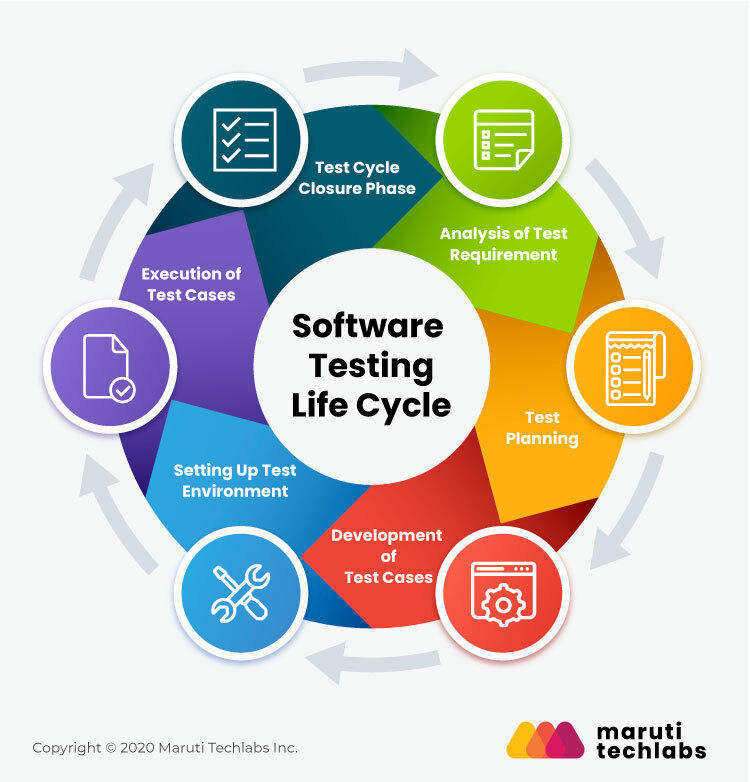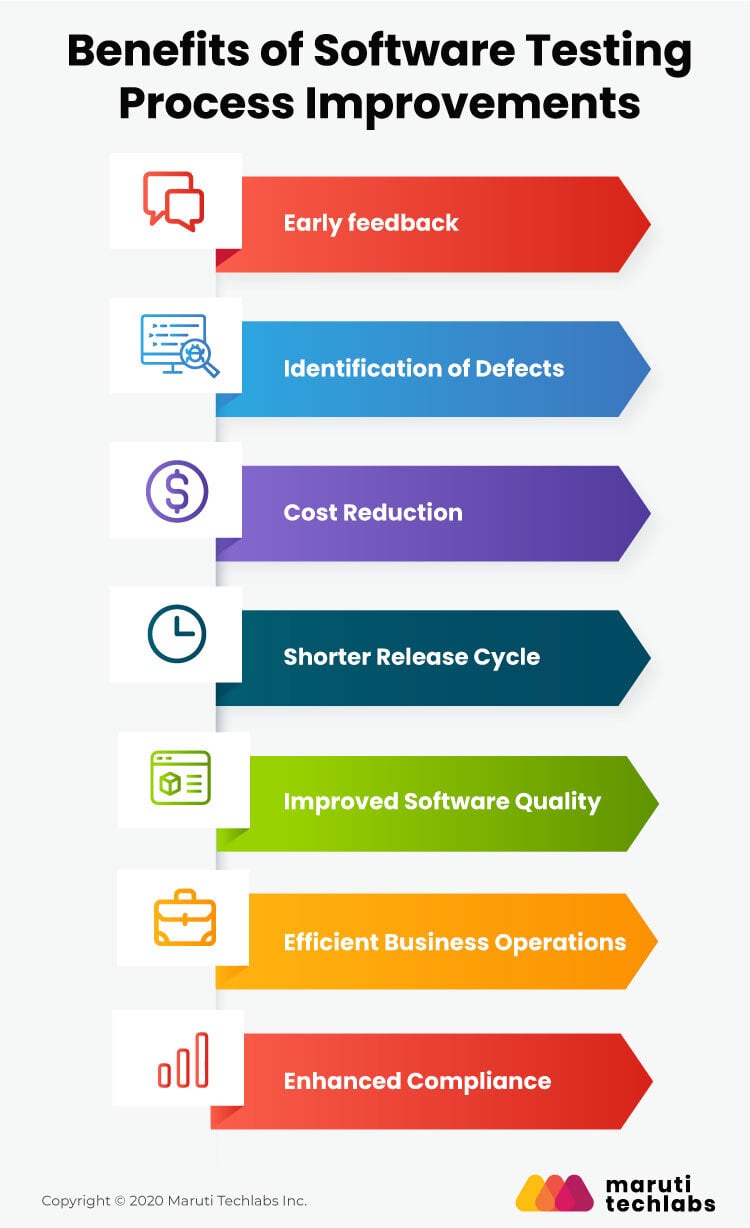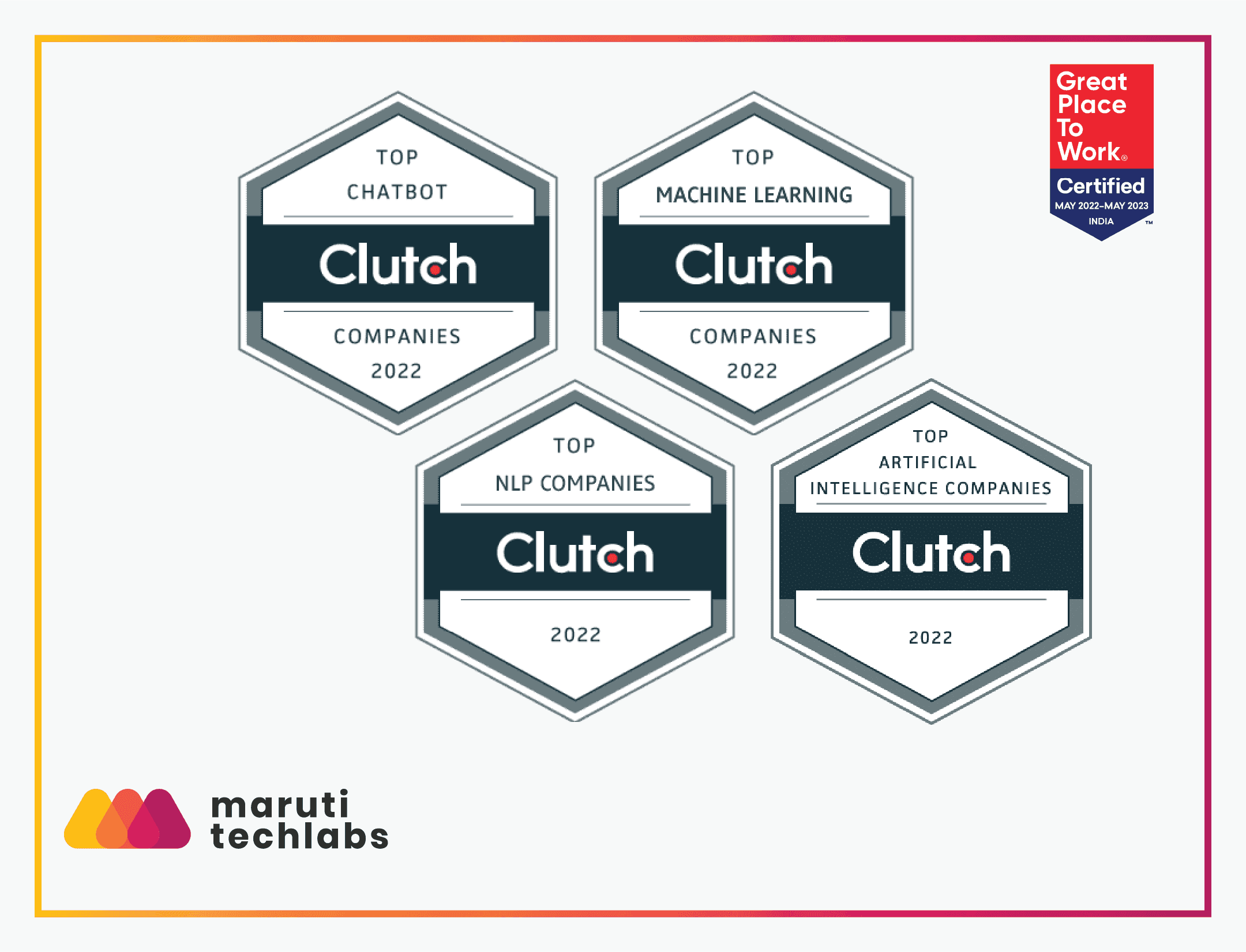6 Innovative Ways to Improve Your Software Testing Process
“A stitch in time saves nine”, goes the old adage. The same holds true in the case of software development life cycle. The earlier you detect and fix bugs, the more you save on costs and time. And continuous process improvement in software testing is exactly that stitch.
The best way to ensure high-quality software is to implement effective and timely QA testing best practices that offer robust tools and methodologies to build flawless products.
Software Testing As A Continuous Improvement Process
Software life cycle testing essentially means that testing occurs parallelly with the development cycle and is a continuous process. It is important to start the software testing process early in the application lifecycle, and it should be integrated into application development itself.
To be able to do the same, there needs to be continuous effort and commitment on the part of the development organization, along with consistent communication with the quality assurance team.
Achieving this feat from the go may require external assistance from CTO consulting companies.

One of the top approaches in software testing best practices is PDCA – plan, do, check, and act – an effective control mechanism used to control, govern, supervise, regulate, and restrain a system.
Here is how the PDCA approach works in the context of continuous process improvement in software testing –
Plan
In this step of the software testing improvement process, test objectives are defined clearly, including what is to be accomplished as a result of testing. While the testing criteria ensure that the software performs as per the specifications, objectives help to ensure that all stakeholders contribute to the definition of the test criteria in order to maximize quality.
Do
This stage in continuous process improvement in software testing describes how to design and execute the tests that are included in the test plan. The test design typically includes test procedures and scripts, test cases, expected results, test logs, and more. The more comprehensive a test plan is, the simpler the test design will be.
Check
The Check step of the continuous improvement process primarily includes a thorough evaluation of how the testing process is progressing. At this stage, it is important to base decisions on accurate and timely data such as the workload effort, number and types of defects, and the schedule status.
Act
The Act step of the continuous improvement process includes outlining clear measures for appropriate actions related to work that was not performed as per the plan. Once done, this analysis is used back into the plan by updating the test cases, test scripts, and reevaluating the overall process and tech details of testing.
6 Key Tips for Continuous Improvement in Software Testing
Similar to any other business investment, quality assurance, or QA improvement ideas must bring value to the enterprise. This value expected from the quality assurance process is to make the software processes much more efficient while ensuring that the end-product meets customers’ needs.
When translated into measurable objectives such as flawless design and coding, elimination of defects early on, and ensuring efficient discovery, it can lead to better software processes and a value-driven final product.
To achieve this objective, businesses need to improve their processes to install quality assurance activities at every stage of the software life cycle.

Here are some of the software testing best practices that can help you achieve your goal of smarter and effective testing-
1.Devising A Plan And Defining Strategy
Effective planning entails the creation of quality management and test plans for a project. Before you start investing time, resources, and money into the project, it’s recommended to check whether the plan has covered all the basics and is feasible in terms of timeline and resources.
Quality management plan – defines a clear and acceptable level of product quality and describes how the project will achieve the said level. The main components of a quality management plan are –
- Key project deliverables and processes for satisfactory quality levels
- Quality standards and tools
- Quality control and assurance activities
- Quality roles and responsibilities
- Planning for quality control reporting and assurance problems
Test strategy – The outline of a good strategy includes a detailed introduction, the overall plan, and testing requirements.
The main components of a test strategy include –
- Test objectives and scope of testing
- Industry standards
- Budget limitations
- Different testing measurement and metrics
- Configuration management
- Deadlines and test execution schedule
- Risk identification requirements
2.Scenario Analysis
Irrespective of how comprehensive a test plan is, problems are inevitable, which would escape from one test phase to the next. Post-project & in-process escape analysis, therefore, is critical for driving the test improvements.
While there can be instances where the testing team is required to directly start test execution, it is always better to create a high-level scenario during the early stages of requirement study and ensure that it is reviewed on a consistent basis.
There are multiple benefits that this kind of reviews can bring including –
- Providing indications on the understanding of the tester
- Conformance on coverage
3.Test Data Identification
When we design test scenarios or test cases, we create various types of tests, including negative and positive cases. To be able to execute the planned tests, we require different types of data that need testing using simple parameters. But, there are several instances where the same data needs to be generated from a different source and requires transformation before it reaches the destination system or flows into multiple systems.
It is, therefore, always a great practice to start with identifying the data sets early on during the test design phase instead of waiting until the test execution phase starts.
At this stage, you need to look for the answers to some of the important questions such as –
- Which test phase should have removed the defect in a logical way?
- Is there any multi threaded test that is missing from the system verification plan?
- Is there any performance problem missed?
- Have you overlooked any simple function verification test?
4.Automated Testing
Continuous testing and process improvement typically follows the test early and test often approach. Automated testing is a great idea to get quick feedback on application quality.
It is, however, important to keep in mind that identifying the scope of test automation doesn’t always have to be a different exercise and can easily be identified during the manual test execution cycle by identifying the most painful areas and determining how those can be automated.
Some of the points to take care of during automated testing include –
- Clearly knowing when to automate tests and when to not
- Automating new functionality during the development process
- Test automation should include inputs from both developers and testers
5.Pick the Right QA Tools
It is important for testers to pick the right testing tools based on the testing requirement and purpose. Some of the most widely used tools are Jenkins, Selenium, GitHub, New Relic, etc.
Best QA improvement ideas mainly include planning the entire procedure for QA automated testing, picking up the right tools, integrating QA with other functions, creating a robust testing work environment, and performing continuous testing.
6.Robust Communication Between Test Teams
Continuous improvement is always a byproduct of continuous communication. In software testing best practices particularly, it is a great strategy to consider frequent communication between teams whose activities overlap during an active product development cycle. This helps to ensure that they are actively communicating observations, concerns, & solutions to one another.
Benefits Of Test Process Improvement
An increasing number of organizations are realizing the fact that improving the test process is critical for ensuring the quality of the software and overall business processes and multiple other benefits it offers. Some of these are listed below –

Early and accurate feedback to stakeholders
Deployment of continuous testing ensures early feedback to the development team about various types of issues the code may cause to existing features.
Further test process improvement provides frequent, actionable feedback at multiple development stages to expedite the release of software applications into production with a much lesser number of defects. Another benefit of this early feedback is in analyzing business risk coverage to achieve a faster time to market.
Reduces the cost of defects
The process of test process improvement plays a crucial role in ensuring error-free outputs. Continuous testing ensures a quicker turnaround time when it comes to the identification and elimination of the expected code errors early in the development lifecycle. The result is a substantial reduction in the overall cost of resolving defects.
Speeds up release cycles
Test process improvement and automated testing equip organizations to better respond to frequent market changes. With continuous testing and test automation, organizations also get the advantage of quickly developed and frequently released updates.
Automated testing allows testing of the developed code (existing & new) rigorously and constantly. It also focuses on rapid error resolution to ensure clean code delivery and better integrations to speed up the launch of the application on a regular basis.
Among some of the other advantages of test process improvement include –
- Improved overall software quality
- Increased efficiency and effectiveness of test activities
- Reduced downtime
- Testing aligned with main organizational priorities
- Leads to more efficient and effective business operations
- Long-term cost reduction in testing
- Reduced errors and enhanced compliance
Bottom Line
The continuous process improvement in software testing not only ensures higher product quality but also optimizes business processes. However, in practice, it is often quite challenging to define the steps needed to implement QA improvement ideas.
Organizations need to thoroughly review their testing process, and be proactive and forward-thinking in their approach. The need is to have a well-defined standard for testing or a continuous improvement program that is constantly evolving to meet both the customers’ and the organization’s business needs.
Get in touch with our QA experts to implement software testing best practices. Our collaborative and methodical approach can help you reduce testing time, run timely test cycles, elevate your product quality, and save resources.
Having a robust quality assurance process in place for all stages of the software life cycle is the key to efficient systems, significant savings, and a much higher ROI.




















